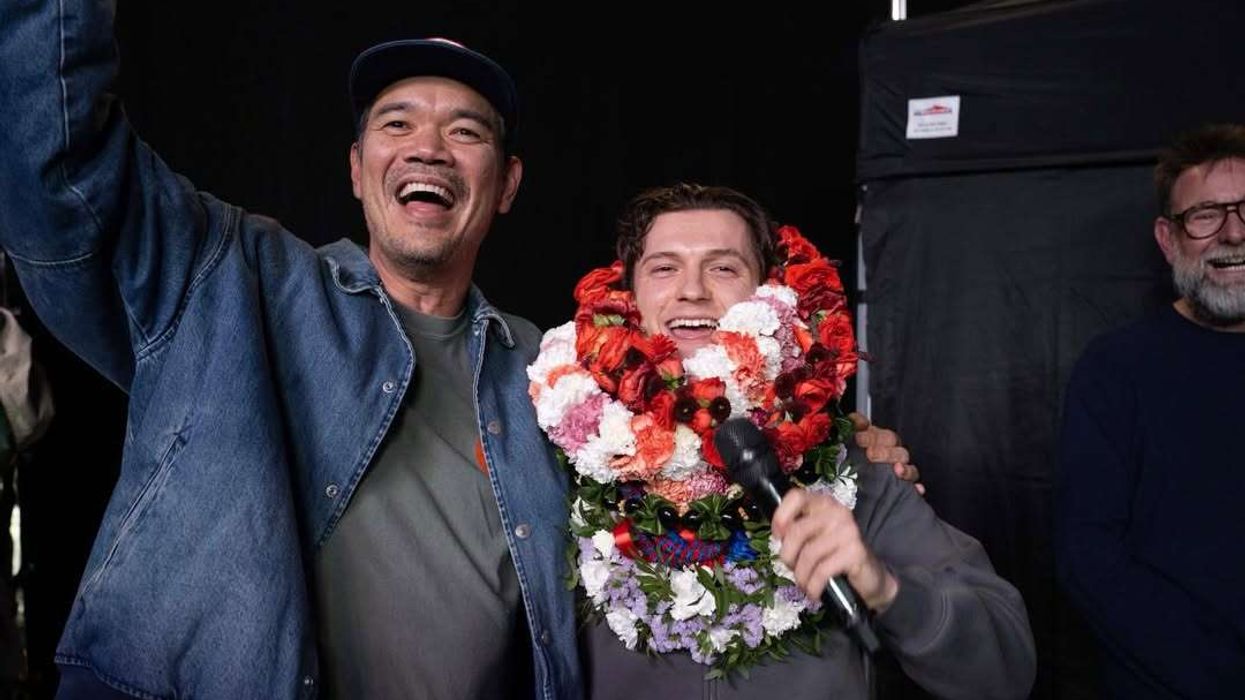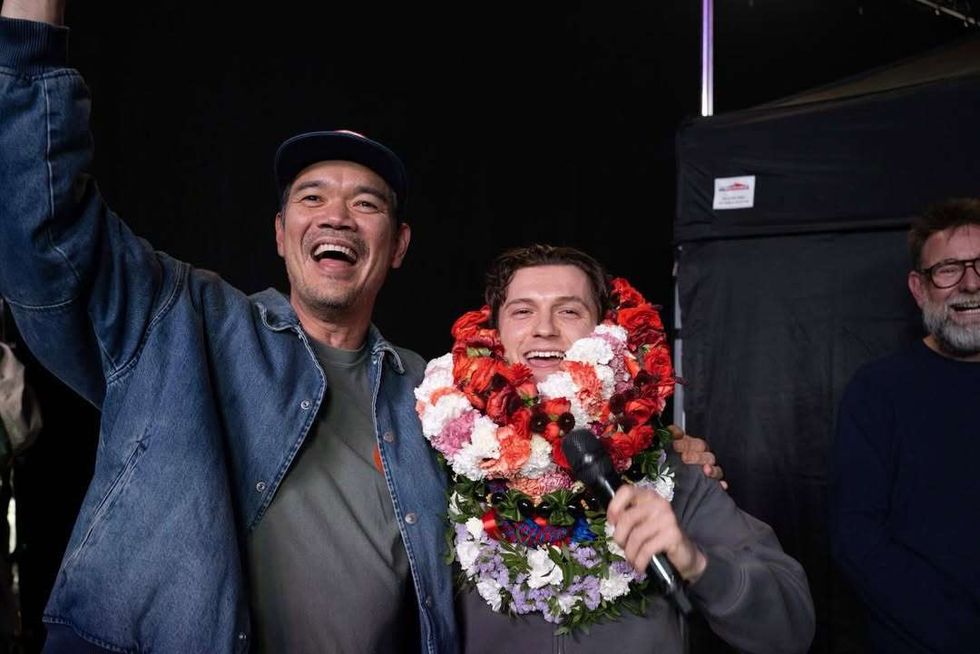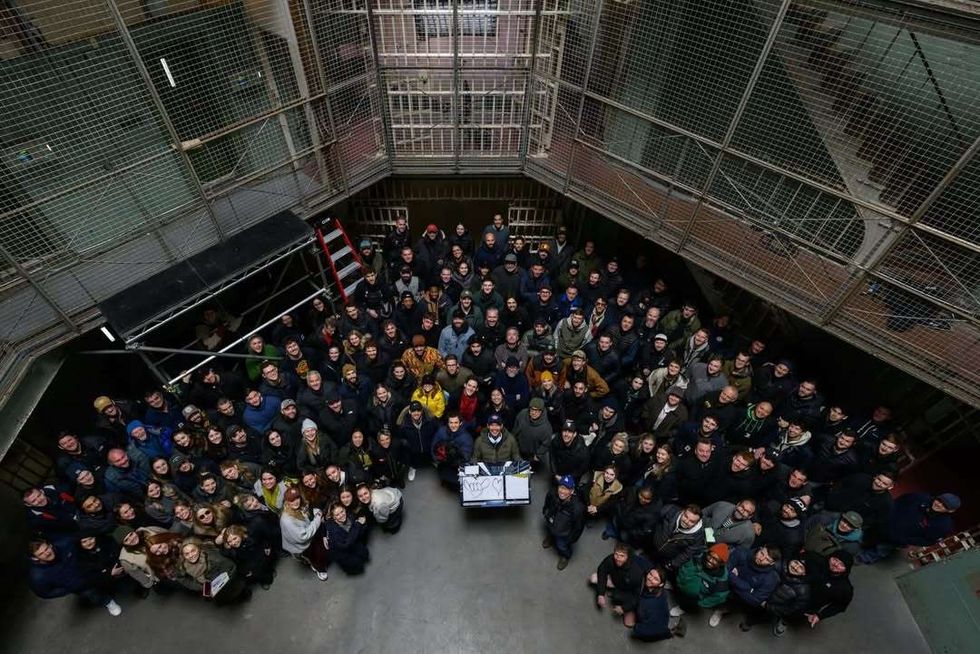Meeting Rajinikanth: Penguin had commissioned me to write the superstar’s biography and I had met everyone associated with him, but had met the man only once as he was in quarantine after illness. After the book released, he read it, called me up and asked me to come to Chennai where he enveloped me in a bear hug and marvelled at the breadth and depth of research in the book. His words: “What a book you have written,” are still ringing in my ears.
Brahman Naman World Premiere at Sundance: Eight years of hard work culminated on this magical night, with the Netflix deal the next day validating our efforts.
Meeting Werner Herzog at Sun- dance: The morning of the Brahman Naman World Premiere at Sundance, the team was at the LA Times photo shoot when our cinematic icon popped his head in!
The Lights, Camera, Masala: Making Movies in Mumbai book release: I had interviewed most of the movers and shakers of Bollywood for my first book and knew that it would be released at the IIFAs in Dubai. But when I got there, I was flabbergasted to know that two of my childhood idols – Ramesh Sippy and Amitabh Bachchan – would be there releas- ing the book.
Distant Thunder: In Kerala in the 70s, getting access to any Bengali films, let alone ones by Satyajit Ray, was well nigh impossible. So when Ray’s Ashani Sanket (Distant Thunder) released in a cinema that normally specialised in semi-porn in Alleppey, my mother dragged me along as her guard against the lumpenproletariat. Ray’s magic washed over me and I was hooked for life.
Meeting Steve Barron: I met the legendary director of Billie Jean, Take On Me, Money For Nothing, Teenage Mutant Ninja Turtles etc in Mumbai to assist him on another project. He ended up being the lead producer on Brahman Naman.
Aadhya Paadam: This Kamal Haasan starrer is the first film that I have any clear memories of watching, so will always be special.
Discovering Sholay: The Sholay phenomenon had largely bypassed the sleepy town I grew up in. I saw it for the first time at a tent cinema in Calcutta where the 70mm projection spilled over onto the tent walls. I have since watched it many times and stopped counting after the 200th viewing.
Satyajit Ray: The Inner Eye: Andrew Robinson’s seminal analysis of Ray’s life and cinema changed the way I looked at his films, in particular, and cinema in general, and was the first step in my wanting to write about cinema, which in turn led to writing cinema.
Sight & Sound: I had spent much of my adolescence at the British Council Library in Bangalore poring over back issues of the world’s greatest film magazine and anxiously waiting for the next issue. Therefore, in 2001, in London, it was a dream come true when I got the opportunity to become a critic with them, and 15 years down the line, I’m still at it, not fully comprehending my fortune.
Naman Ramachandran is an au- thor and journalist who wrote the screenplay for comedy Brahman Na- man that premieres worldwide ex- clusively on Netflix on July 7. Find it at www. netflix.com





 Destin Daniel Cretton celebrates the wrap on Spider-Man with cast and crew Instagram/destindaniel
Destin Daniel Cretton celebrates the wrap on Spider-Man with cast and crew Instagram/destindaniel  Spider-Man Brand New Day ends shoot Instagram/destindaniel
Spider-Man Brand New Day ends shoot Instagram/destindaniel





